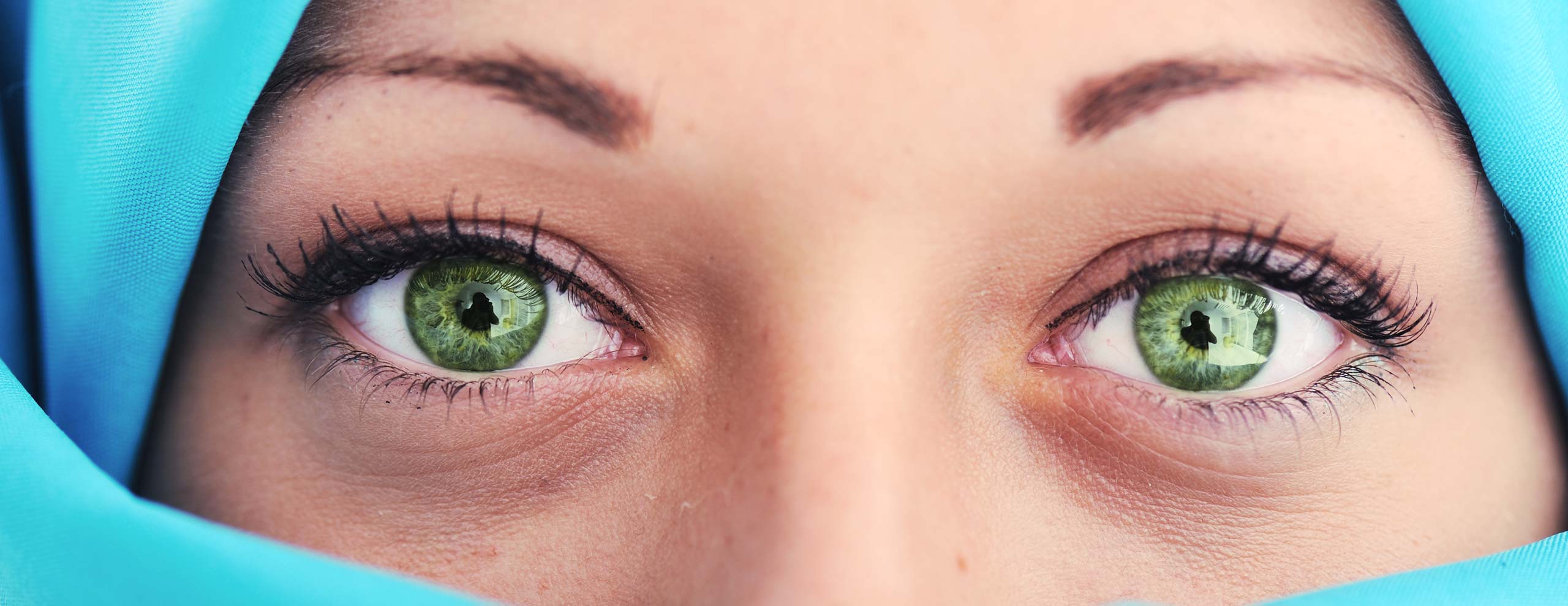Method

Color change?
Our company is the only one that provides this service backed up by more than 14 years of Scientific research data.
01
This surgical technique consists of applying pigment to the cornea through a circular microtunnel made with femtosecond laser. Due to this noninvasive surgical procedure, there is no alteration of the internal structure of the eye, nor it is necessary the introduction of any prosthesis.
02
For this reason, it carries much less risk than the placement of color implants inside the eye (often causing serious complications), or the technique of iris depigmentation, which carries a significant risk of glaucoma and whose results are not so effective.
03
The surgery is quick, safe, and precise, performed in a single day with use of topical anesthesia (in eye drops) and the results are immediate. In the following days after the operation, your vision may temporarily experience some changes, but this effect will pass, and you will return to the vision you had before the operation.
04
As noted above, the surgeon disposes the local anesthesia in form of eye drops (no injection needed) and proceeds to perform the completely painless intervention, which may involve light sensitivity on the following days.
What is Keratopigmentation?
Keratopigmentation (KTP) or corneal tattooing has been used for many years to improve the cosmetic appearance of blind eyes with leucomas.

More recently, KTP has been successfully used for the functional correction of visual and light complaints such as monocular diplopia, severe glare or photophobia associated to partial or total iris defects. Some studies have suggested the potential role of KTP in the management of total or partial traumatic aniridia, iris atrophies secondary to trauma or anterior segment surgery and congenital defects such as colobomas, albinism or Essential Iris Atrophy.
This technique can be considered as an accessible and safe alternative to more invasive procedures, such as intraocular ones.
We use new micronized mineral pigments, assisted with modern surgical technologies such as femtosecond laser and new automated keratopigmentation instruments for the intrastromal or superficial application of the pigments.
We consider these techniques to be a very effective and a relatively simple alternative for the treatment of moderate to severe visual disabilities related to iris defects.


